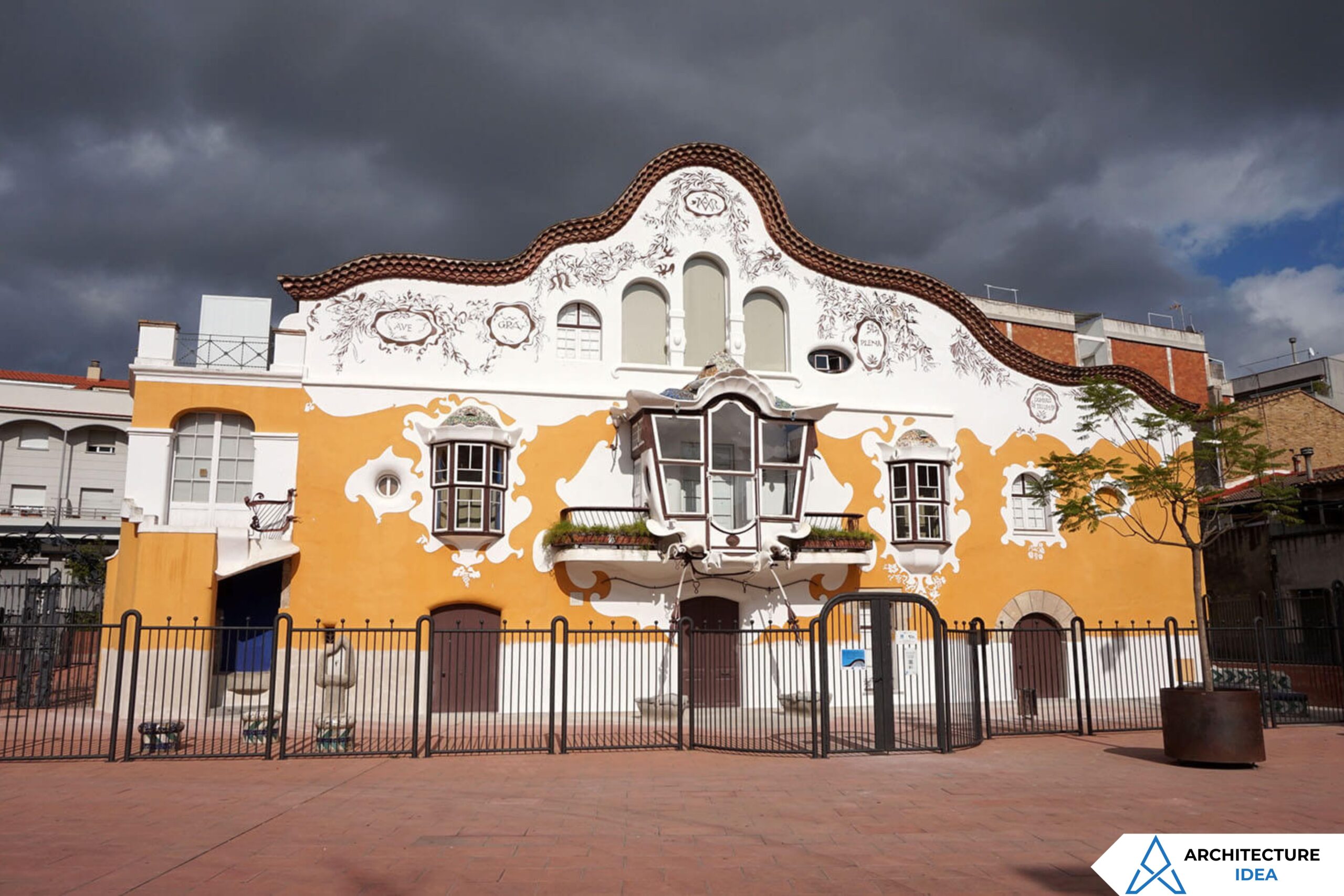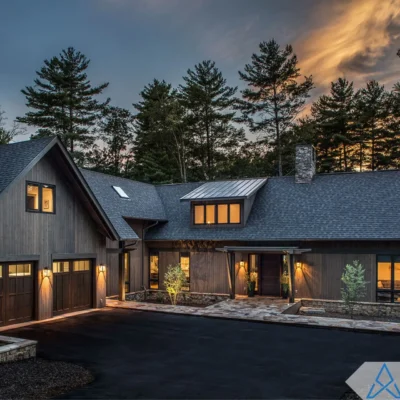Architecture is more than just the creation of buildings; it’s the art of shaping our environment. Today, we dive into two fascinating styles: Art Nouveau Architecture and Beaux-Arts Architecture. These styles, each with its unique charm and history, have left an indelible mark on the world of design. So, grab a cup of coffee, sit back, and let’s explore these captivating architectural wonders together.
What is Art Nouveau Architecture?
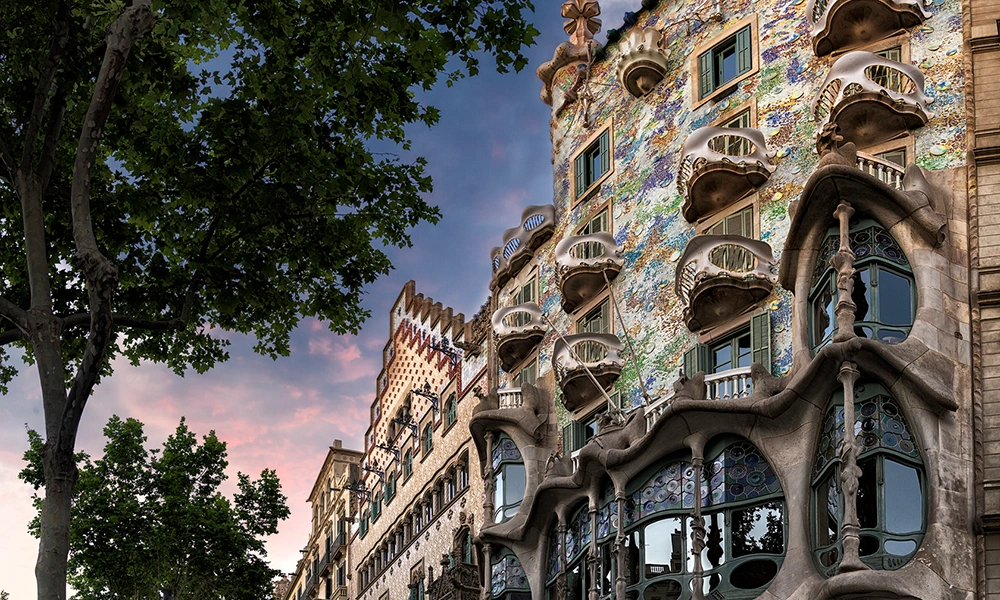
Art Nouveau, which means “new art” in French, emerged in the late 19th century and was a revolutionary approach to design and architecture. This style sought to break away from traditional forms and embraced a more organic, free-flowing aesthetic. Think of it as the rebellious teenager of architecture, eager to carve its path.
Origins and Influence
Art Nouveau originated in Europe, with notable centers in Paris, Brussels, and Barcelona. It was influenced by the Arts and Crafts movement, which emphasized craftsmanship and the beauty of natural forms. The style quickly spread across the globe, influencing architecture, interior design, and even graphic arts.
Key Characteristics
So, what makes Art Nouveau stand out? Here are some key characteristics:
- Organic Shapes: Curved lines and flowing forms dominate Art Nouveau designs. Imagine the graceful lines of a plant stem or the gentle curve of a vine.
- Nature-Inspired Motifs: You’ll often see floral patterns, leaves, and other natural elements incorporated into the designs. It’s as if nature itself was the architect.
- Innovative Materials: Art Nouveau architects loved experimenting with new materials like iron, glass, and ceramics to create intricate details and decorative elements.
- Ornamentation: Elaborate and detailed ornamentation is a hallmark of Art Nouveau. Every surface, from door frames to staircases, was an opportunity for artistic expression.
Iconic Art Nouveau Buildings
Let’s take a virtual tour of some iconic Art Nouveau buildings:
Casa Batlló, Barcelona
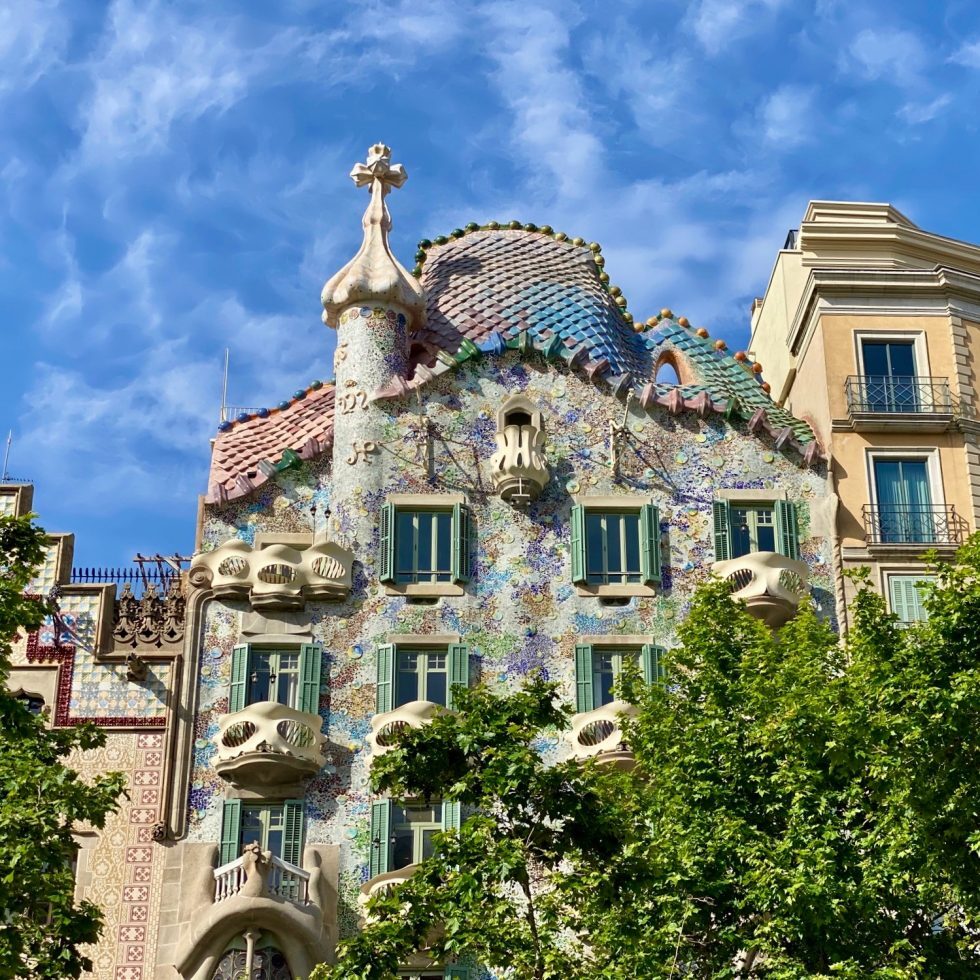
Designed by the legendary Antoni Gaudí, this building is a masterpiece of organic architecture. Its wavy facade and colorful mosaics make it a must-see.
Hôtel Tassel, Brussels
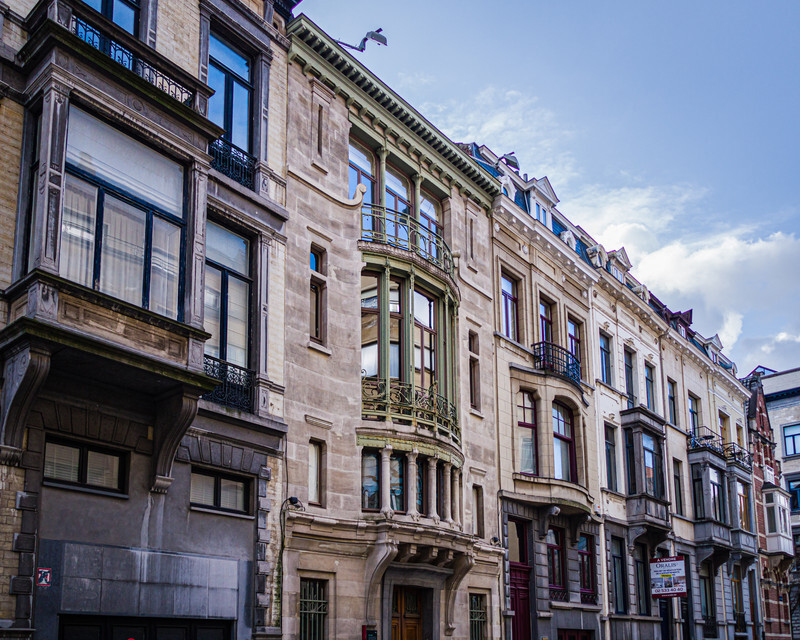
Architect Victor Horta’s creation, this building is considered one of the earliest examples of Art Nouveau. The use of iron and glass creates an open, airy feel.
Secession Building, Vienna
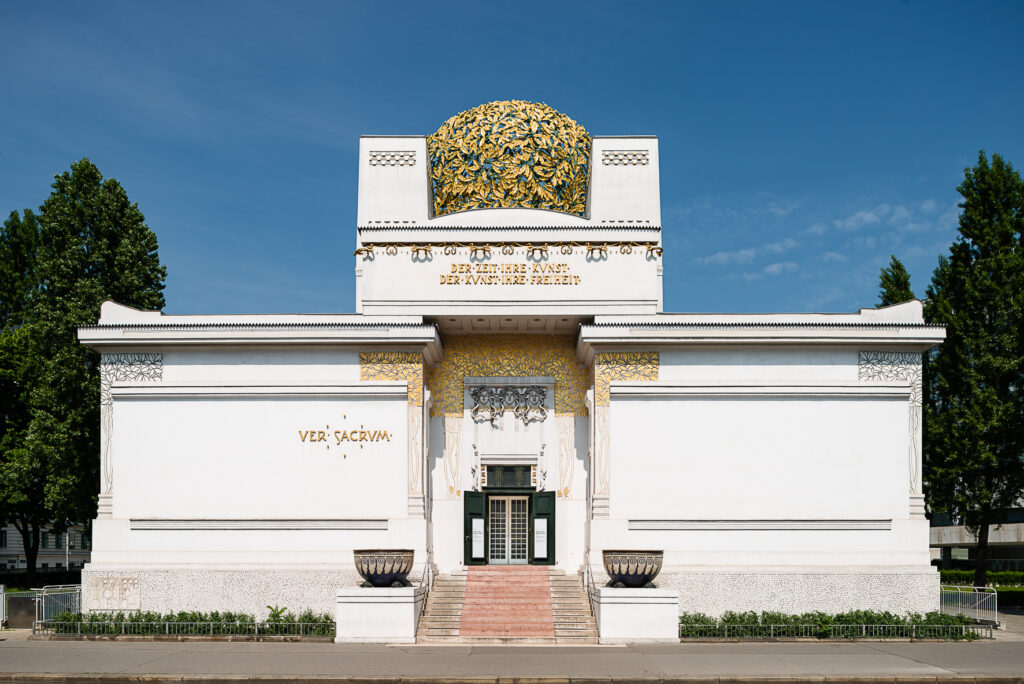
Designed by Joseph Maria Olbrich, this building is a symbol of the Viennese Secession movement. Its gilded dome and geometric shapes are iconic.
Diving into Beaux-Arts Architecture

Now, let’s shift gears and explore Beaux-Arts Architecture. If Art Nouveau is the rebellious teenager, Beaux-Arts is the sophisticated, well-mannered elder sibling. This style, which flourished from the late 19th century to the early 20th century, is all about grandeur and symmetry.
Origins and Influence
Beaux-Arts Architecture originated in France, particularly from the École des Beaux-Arts in Paris, hence the name. It drew heavily on classical Greek and Roman architecture, as well as Renaissance and Baroque styles. This style spread to the United States, where it influenced the design of many public buildings.
Key Characteristics
Beaux-Arts Architecture is characterized by:
- Symmetry and Order: Beaux-Arts buildings are meticulously symmetrical, with a strong sense of order and balance.
- Grandiosity: Think large, imposing structures with a sense of grandeur. These buildings were designed to impress.
- Classical Details: Columns, pediments, and balustrades are common features, often borrowed from classical architecture.
- Elaborate Decoration: Beaux-Arts buildings are richly decorated with sculptures, reliefs, and other ornamental details.
- Formal Gardens: Often, these buildings are complemented by formal gardens or grand plazas, enhancing their majestic appearance.
Iconic Beaux-Arts Buildings
Ready for another virtual tour? Here are some iconic Beaux-Arts buildings:
The Paris Opera House

Designed by Charles Garnier, this building is a quintessential example of Beaux-Arts architecture. Its opulent interiors and grand facade are breathtaking.
Grand Central Terminal, New York
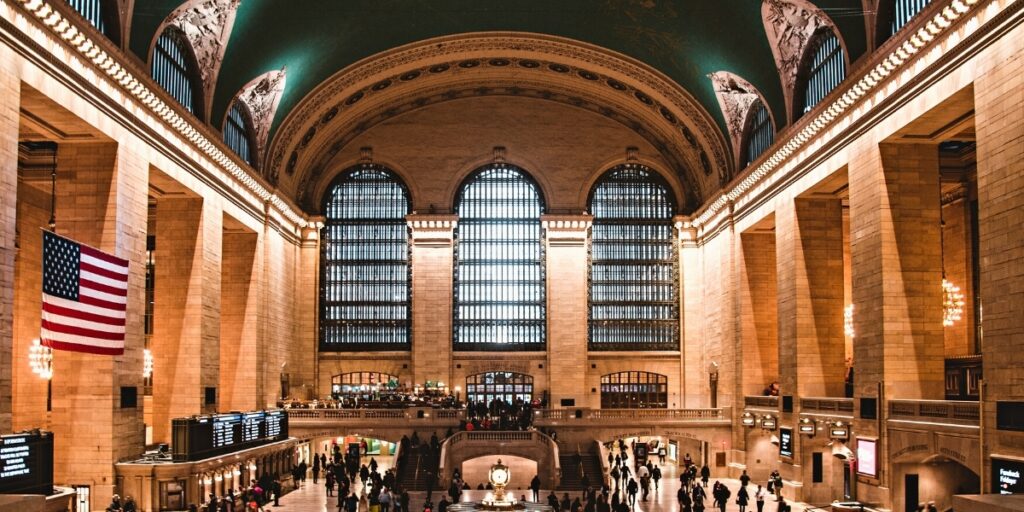
This iconic train station, designed by Reed and Stem with Warren and Wetmore, is a masterpiece of Beaux-Arts design. Its majestic main concourse is a testament to the grandeur of this style.
The Library of Congress, Washington D.C.
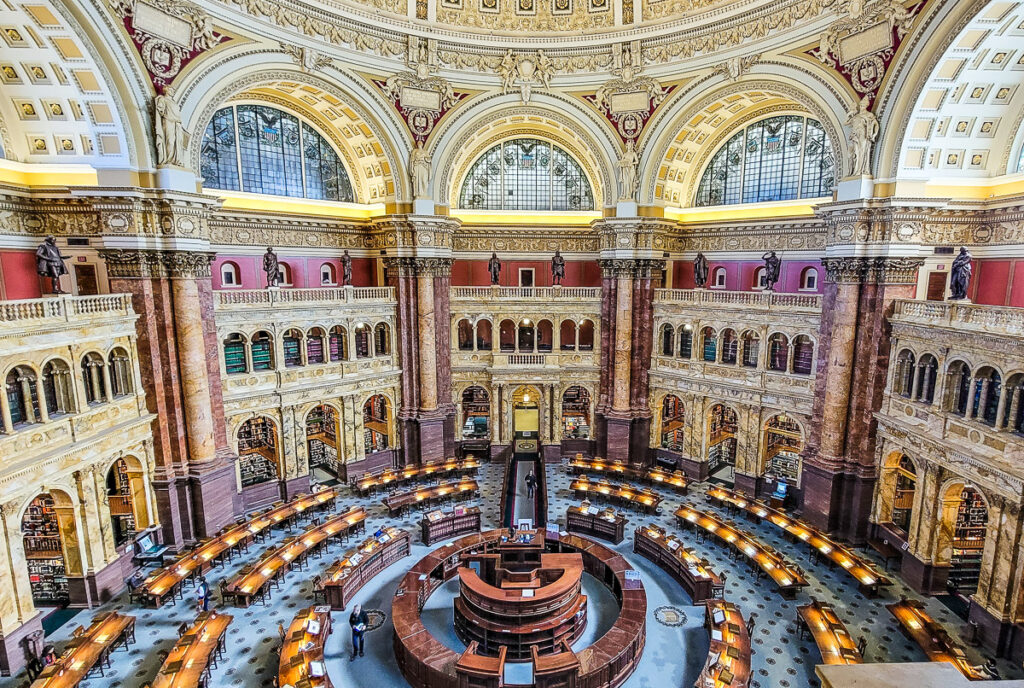
With its grand staircases and ornate details, this building exemplifies the Beaux-Arts commitment to beauty and symmetry.
Comparing Art Nouveau and Beaux-Arts
Now that we’ve explored both styles, let’s compare them.
- Design Philosophy: Art Nouveau is all about breaking the mold, embracing organic forms and nature-inspired motifs. In contrast, Beaux-Arts is rooted in classical traditions, emphasizing symmetry and grandeur.
- Materials and Techniques: Art Nouveau architects loved experimenting with new materials like iron and glass, while Beaux-Arts architects often used stone and marble to create their grand structures.
- Decoration: Both styles are richly decorated, but Art Nouveau’s decoration is more fluid and nature-inspired, while Beaux-Arts decoration is more classical and formal.
Why These Styles Matter Today
You might wonder, why should we care about these historical styles? Well, both Art Nouveau and Beaux-Arts have left a lasting legacy that continues to influence contemporary architecture and design.
Art Nouveau’s Legacy
Art Nouveau’s emphasis on organic forms and innovative materials can be seen in modern architecture. Think of the curvilinear designs of Frank Gehry or the nature-inspired motifs in Zaha Hadid’s work. The spirit of Art Nouveau lives on in these contemporary masterpieces.
Beaux-Arts’ Legacy
Beaux-Arts, with its focus on grandeur and classical elements, continues to inspire the design of public buildings and monuments. The commitment to symmetry and order can be seen in many modern government buildings, museums, and even commercial architecture.
Bringing It All Together
As we journeyed through the world of Art Nouveau Architecture and Beaux-Arts Architecture, we’ve seen how these styles, though different, each brought something unique to the world of design. Art Nouveau, with its fluid, nature-inspired forms, and Beaux-Arts, with its grand, classical elegance, have both shaped the landscapes of cities around the world.
Conclusion
Whether you’re strolling through the streets of Paris, admiring the intricate details of an Art Nouveau facade, or standing in awe of the grandeur of a Beaux-Arts building in New York, these architectural styles continue to captivate and inspire. They remind us of the beauty and creativity that can be achieved in architecture, and their legacy lives on in the designs of today.
You may also like: Quonset Hut Homes Interiors: Letting in the Light
FAQs
What is the main difference between Art Nouveau and Beaux-Arts architecture?
Art Nouveau focuses on organic, nature-inspired forms and innovative materials, while Beaux-Arts emphasizes symmetry, order, and classical elements.
Are there any famous architects associated with Art Nouveau?
Yes, notable Art Nouveau architects include Antoni Gaudí, Victor Horta, and Hector Guimard.
Can you name some modern buildings influenced by Art Nouveau?
Contemporary architects like Frank Gehry and Zaha Hadid have created buildings with organic forms and innovative materials, reminiscent of Art Nouveau.
Where can I see Beaux-Arts architecture in the United States?
Grand Central Terminal in New York and the Library of Congress in Washington D.C. are prime examples of Beaux-Arts architecture in the U.S.
Why is it important to study historical architectural styles?
Studying historical architectural styles helps us understand the evolution of design, appreciate the creativity of past architects, and find inspiration for contemporary architecture.
If you found value in this post about architecture, we invite you to share it with your colleagues. Your feedback is important to us, and we welcome your thoughts on our blog and social media content. You can connect with us on various platforms, including Instagram, Facebook, LinkedIn, and Twitter.

